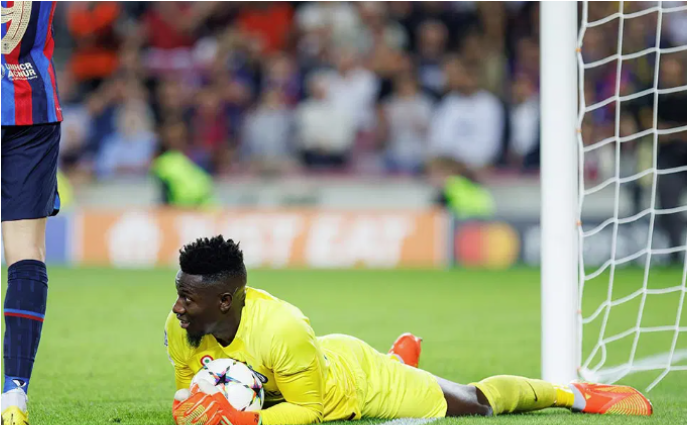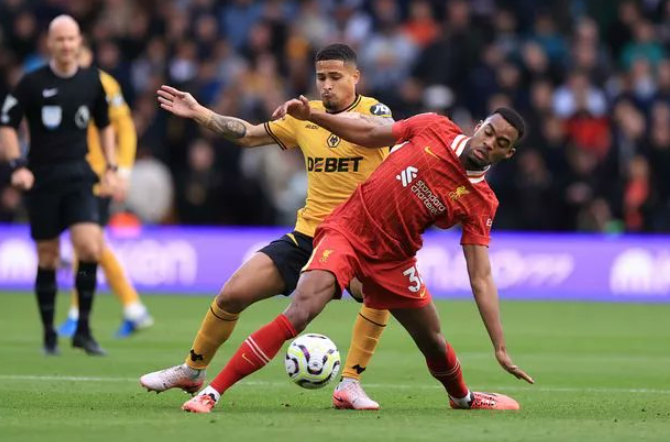Football has always been a game of strategy and skill, but the tactical aspects of the sport have undergone a profound transformation in recent decades. The modern game is defined by a combination of innovative strategies, data-driven analysis, and increasingly versatile players. What was once a relatively simple game has now evolved into a chess match on grass, with managers devising intricate game plans to outsmart their opponents. To fully appreciate this evolution, one must understand how key tactical changes have shaped the game we know today.
For fans who want to witness these tactical battles live, platform: Xoilac TV offers a seamless experience to watch live football matches of all the top leagues, where the best managers in the world showcase their tactical brilliance.
The Shift from Traditional to Modern Formations
In the early days of football, teams typically employed rigid formations that relied heavily on individual talent. Systems like the 2-3-5 (pyramid formation) and 4-2-4 dominated, as they focused on aggressive, attacking football. Defenders were mostly tasked with marking, and offensive players often operated as a separate unit.
This traditional approach began to shift in the 1970s, with managers like Rinus Michels pioneering the concept of “Total Football” with Ajax and the Netherlands national team. Total Football demanded that players be comfortable in multiple positions, able to adapt to the fluid movements of the game. This strategy required a new level of intelligence and versatility, forcing players to think beyond their specific roles. Michels’ work laid the groundwork for many of the tactical innovations we see today.
The Rise of Possession-Based Football
The modern era of football has seen a dramatic rise in the popularity of possession-based play, especially exemplified by Pep Guardiola’s Barcelona side from 2008 to 2012. His “tiki-taka” system emphasized short, quick passing and ball retention, often referred to as “positional play.” The aim was to dominate the ball, wear down the opposition, and exploit gaps through patient build-up play.
This focus on possession was a departure from earlier strategies that emphasized direct, attacking football. Guardiola’s Barcelona set records for ball possession, often completing hundreds more passes than their opponents in a single game. The tactic wasn’t just about holding onto the ball for its own sake; it was about controlling the tempo of the game and ensuring the opposition had fewer opportunities to score.
Guardiola’s influence has spread across Europe, with other managers, such as Maurizio Sarri and Roberto De Zerbi, adopting possession-based football in their systems. The tactical revolution has had a lasting impact, with even defensive-minded teams now prioritizing ball retention as part of their strategy.

Pressing and Counter-Pressing: The High-Intensity Game
In tandem with the possession revolution, another tactical approach has gained prominence: high pressing. Modern teams often look to win the ball back as soon as they lose it, pressuring opponents high up the pitch to prevent them from initiating their attacks. The pressing game requires immense physical conditioning, teamwork, and positional awareness, as it demands that players work collectively to close down space and force mistakes.
German managers like Jürgen Klopp and Ralf Rangnick have been instrumental in popularizing this style. Klopp’s “Gegenpressing” or counter-pressing philosophy, which he used to great success at Borussia Dortmund and Liverpool, is centered on regaining possession immediately after losing it, turning defense into attack within seconds. This proactive defensive approach has forced other teams to rethink how they play out from the back, placing even more emphasis on technical ability under pressure.
Counter-pressing has changed how teams build attacks. Instead of waiting for an opponent to create mistakes deep in their own half, many teams now actively hunt the ball in dangerous areas, leading to a quicker transition from defense to attack and more goal-scoring opportunities. It’s no surprise that teams like Liverpool and Manchester City, known for their pressing intensity, have consistently ranked among the top clubs in Europe.
Tactical Flexibility: The Importance of Versatile Players
One of the hallmarks of modern football is the flexibility of tactics during games. Managers are no longer tied to a single formation or style of play. They can adapt their strategies in response to changing circumstances, exploiting weaknesses in the opposition or adjusting to the flow of the game.
This tactical flexibility is exemplified by managers like Carlo Ancelotti and Antonio Conte, who have successfully implemented multiple systems with their teams. Ancelotti’s Real Madrid often shifts from a 4-3-3 to a 4-4-2 or even a 3-5-2 during games, depending on whether they need to control the midfield or exploit wide areas. Conte’s success with both Juventus and Chelsea was built on his ability to deploy a back-three system while maintaining balance across the pitch.
However, this flexibility requires versatile players who are comfortable playing in different roles. In the modern game, full-backs are expected to contribute both defensively and offensively, central midfielders need to control possession while protecting the backline, and forwards must press as intensely as they attack. Players like Trent Alexander-Arnold, Joshua Kimmich, and João Cancelo exemplify the new breed of footballers capable of thriving in multiple positions, seamlessly transitioning between roles as the game evolves.
The Influence of Data and Analytics
Another key component of the modern tactical revolution is the growing role of data and analytics in decision-making. With the advent of advanced statistics and tracking technology, managers can now dissect every aspect of their team’s performance, from individual player movements to overall tactical patterns. This wealth of information has allowed for more informed and precise tactical decisions.
Clubs like Liverpool, Manchester City, and Bayern Munich have embraced the use of analytics to shape their tactical approach. These clubs invest heavily in technology and data analysts, who work behind the scenes to identify trends and weaknesses that can be exploited. Managers use this data to optimize player positioning, pressing intensity, and even in-game adjustments. It’s no longer just about what happens on the pitch, but also about how well a team can interpret the vast amounts of data available to them.
The integration of data into football has led to a more calculated approach to tactics. Managers can now prepare their teams to exploit specific weaknesses in opponents or adjust their strategies based on statistical trends. This scientific approach to football has made the game more efficient, with every tactical decision scrutinized and optimized.

The Impact of Tactical Innovation on Football Culture
The tactical revolution in modern football hasn’t just changed the way the game is played; it’s also impacted the culture surrounding the sport. Fans are now more aware of tactical nuances, thanks to the rise of social media, football punditry, and tactical breakdowns from experts. Shows, podcasts, and platforms like YouTube have become homes for detailed analysis of tactical trends, allowing fans to engage with the game on a deeper level.
This shift in understanding has made the modern football fan more analytical, more aware of what happens behind the scenes. Managers and players are scrutinized not only for their technical ability but for their tactical intelligence. Football is no longer just about goals and glory; it’s about strategy, adaptability, and execution. Fans appreciate not just a stunning goal but the buildup play, the tactical adjustments, and the off-ball movements that led to it.
Conclusion
The tactical revolution in modern football has transformed the game into a blend of art and science. From the rise of possession football to high-intensity pressing and the role of data analytics, these changes have redefined how football is played and understood. Managers are no longer just motivators or strategists; they are tacticians, engineers of complex systems that drive their teams forward.
For fans looking to dive deeper into the tactical intricacies of football, platform: Xoilac TV provide the perfect opportunity to watch live matches and witness the tactical genius of the world’s best managers and teams in action.
Visit our Kalkamausam Blog to read more.

